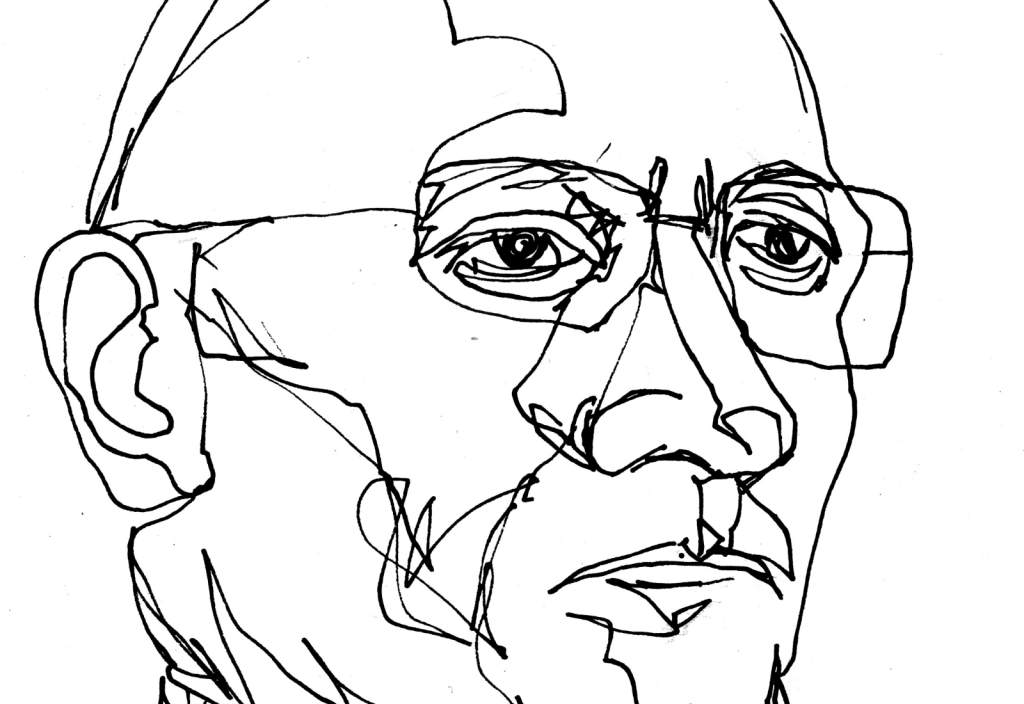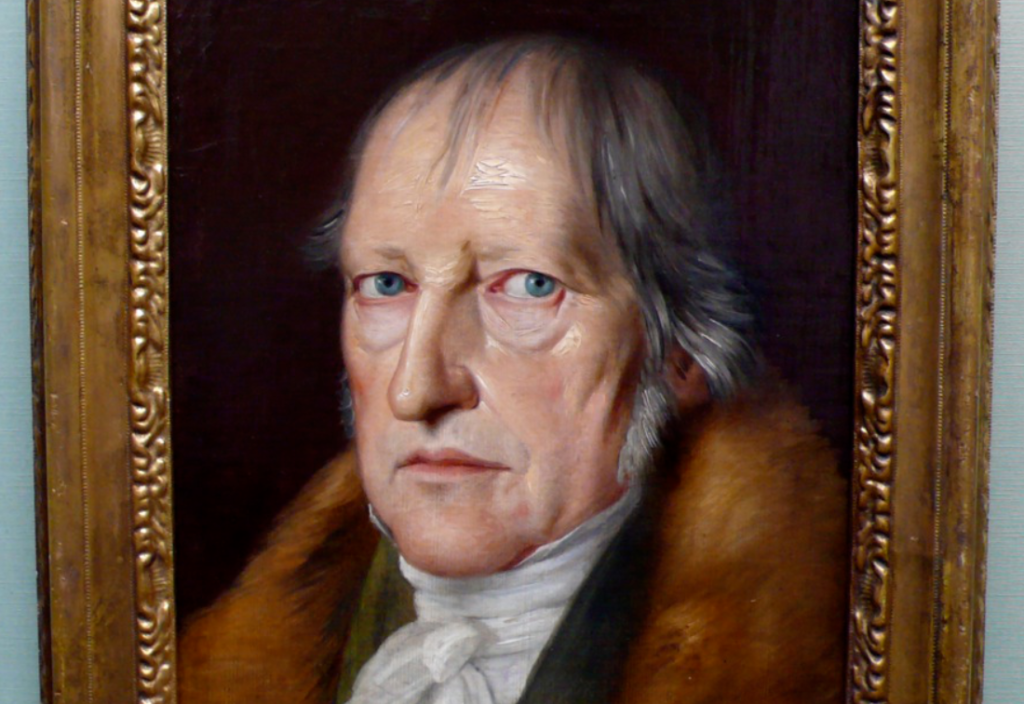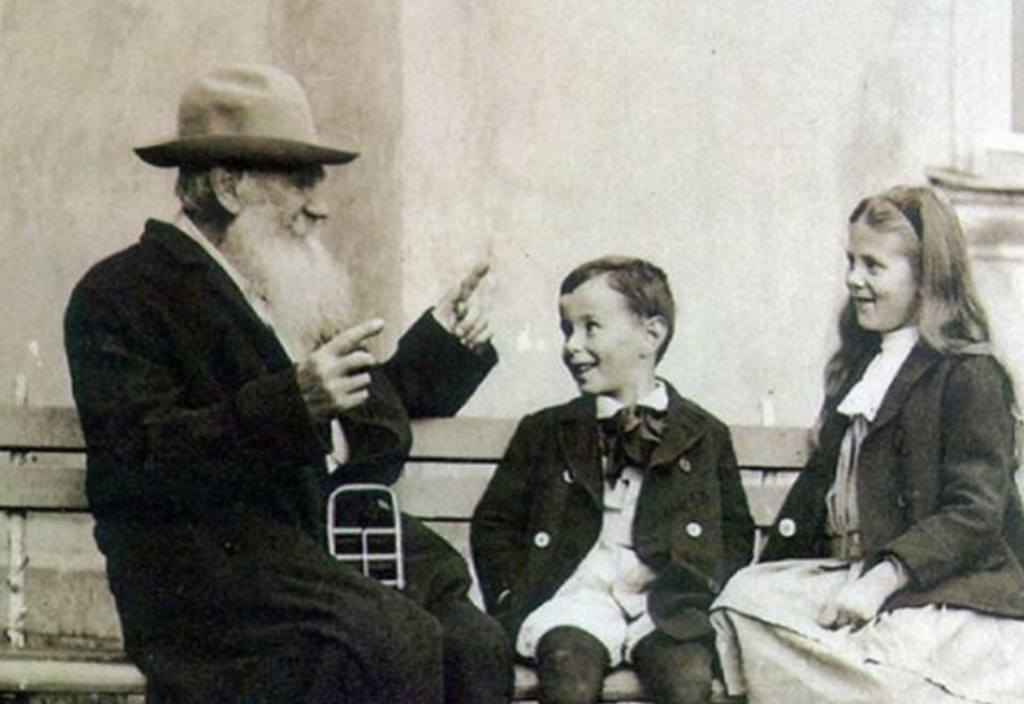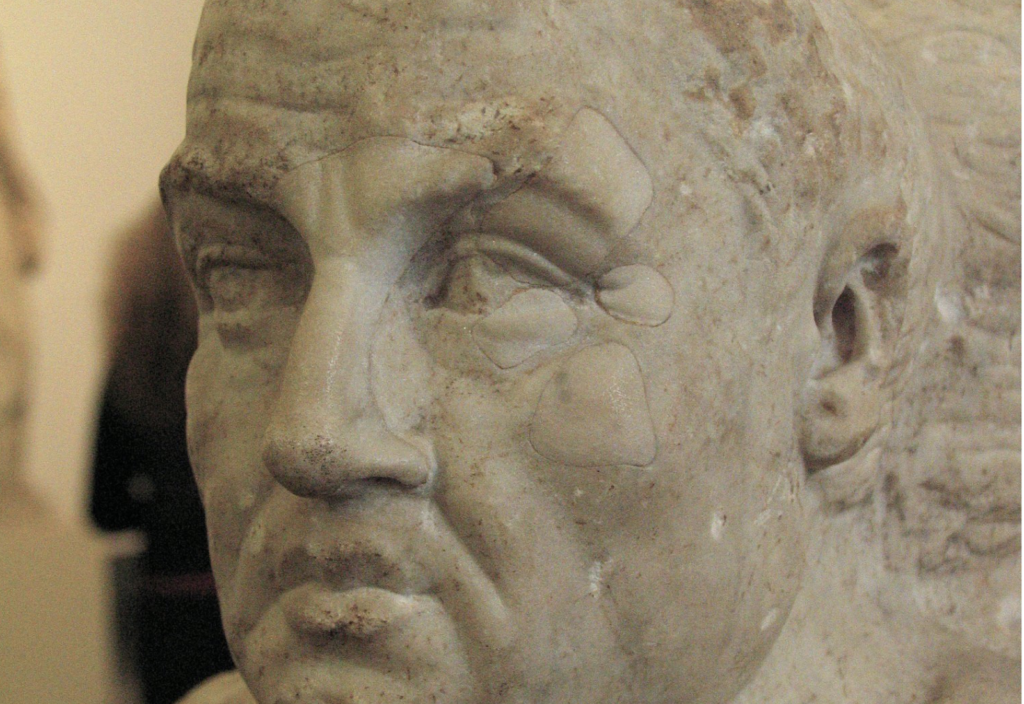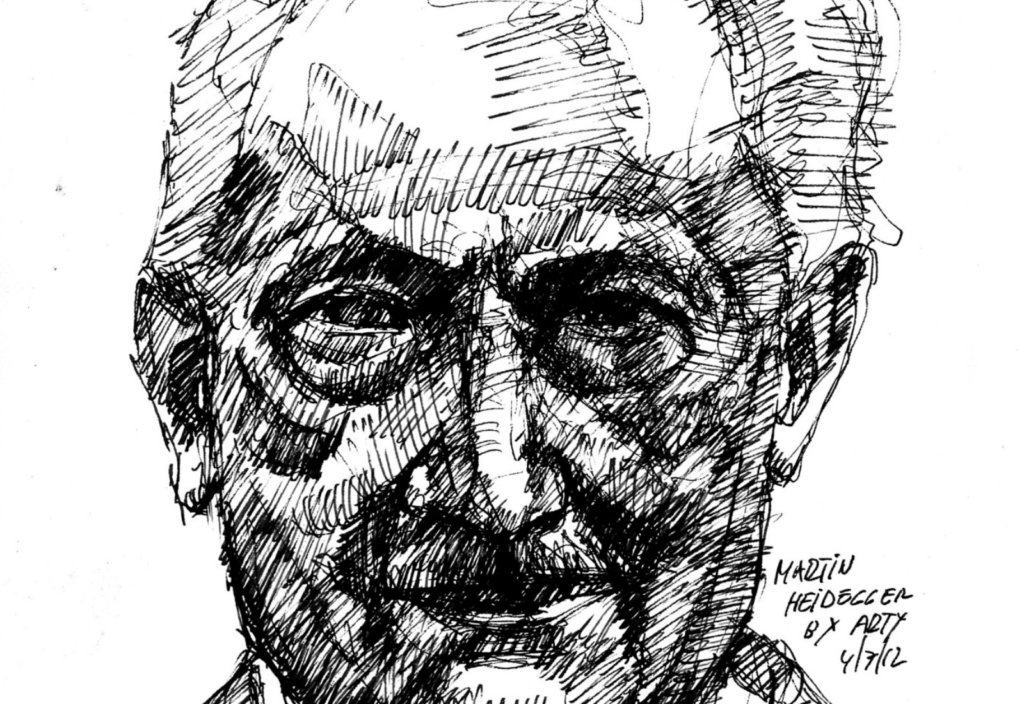Ronald Dworkin
On 14 February 2013 one of the foremost legal, moral and political philosophers of the past several decades Professor Ronald Dworkin died (he was born 11 December 1931). Justice for Hedgehogs is the title of Professor Dworkin’s last major book published in 2011, two years before his death.
A major theme of Dworkin’s magisterial work is his statement that there is a difference between ‘living well’ and ‘having a good life’. He states that individuals have a responsibility to live well, which is different from having (largely by chance or fortune) a ‘good life’. The responsibility, or at least the philosophical exhortation, to live well can perhaps be traced back to Socrates who lived about 2400 years ago.
In Justice for Hedgehogs, Dworkin gives the example of the lives of Stalin and Mother Teresa as, respectively, a person who had a good life and a person who lived well. The message I derive from Dworkin is that Mother Teresa lived a better life than Stalin. By contrast, Stalin, whose power, ‘awesomeness’ and ability to create fear enabled him to exercise control for about three decades in the then Soviet Union, had a good life but did not live well.
In his posthumously published book Religion Without God (2013), Dworkin opines that one does not need to author a book, make extraordinary or even significant contributions to society to be considered to have lived well. Dworkin argues that ordinary persons can live well, too. Dworkin himself lived well as evident from his significant contributions to late 20th and early 21st century legal and philosophical thought.
Alfredo Stroessner
On 3 February 1989, arguably one of the longest lasting personal-cum-military dictators in post-world war history was suddenly toppled. President Alfredo Stroessner (3 November 1912- 16 August 2006) of Paraguay took power in a military coup on 4 May 1954 and subsequently ‘won’ eight consecutive ‘elections’ but was himself overthrown in a military coup.
In a news item entitled ‘Extinction of a Dinosaur’, Time magazine reported on Stroessner’s overthrow. Yet, if the ‘dinosaur’ became politically extinct over 30 years ago in February 1989, it took another 17 years before Stroessner actually died in comfortable exile in Brazil on 16 August 2006 – at the age of 93.
No other authoritarian leader (or former leader) – including arguably more infamous despots of the past several decades such as Stalin (Soviet Union), Enver Hoxha (Albania), Ferdinand Marcos (Philippines), Kim Il-sung (North Korea), Pinochet (Chile), Mobutu (Zaire), Suharto (Indonesia) – lived as long as Alfredo Stroessner. The late General-cum-President-cum Chairman Ne Win of Burma lived nearly as long as Stroessner, but his longevity falls short of Stroessner’s by about a year or so. (If Ne Win’s date of birth was 6 July 1910 is correct, he died at the age of 92 years on 5 December 2002).
Stroessner had a long and ‘good life’. A 1971 documentary entitled ‘The Last Dictator’ – which, alas, proved to be wrong about South America, as it saw a succession of dictators in addition to that of Paraguay post-1971 – can be downloaded from YouTube. It shows scenes from his 58th birthday party in November 1970, where Stroessner is clearly enjoying a ‘good life’ with wine, song and adoration from the assembled guests. According to some reports, Stroessner had lots of ‘fun’, too, including with some young high school girls.
Longevity in relatively good health (up to the age of 93) is very rare for former dictators and even for ordinary people. But did Stroessner ‘live well’ or merely have a long and ‘good life’?
U Ne Win
There is one other strongman from the same generation whose life and longevity of personal dictatorial rule can be compared – and in certain ways contrasted – with that of Stroessner. He came from Burma, which was the formal name of the country during his long rule. In terms of actual and political longevity, the ‘good lives’ they enjoyed, their military background, the means by which they came into power and, to a certain extent, the fear and the awe they ‘inspired’ when they were at the helm of their countries, the lives and careers of U Ne Win of Burma/Myanmar and Stroessner of Paraguay are comparable.
Both men came to power through military coups. Stroessner’s rule of Paraguay (May 1954 to February 1989, over 34 years) seems to have been longer than that of Ne Win’s formal rule of Burma, as it was then called, which went from March 1962 to July 1988.
Ne Win, in a sense, was more ‘fortunate’ – had a better life? – than Stroessner. He retired from being leader at his own choosing in July 1988 after warning, in his last speech to the country, that “if the Army shoots, it shoots to hit”. Just two weeks later, in August and September of 1988, Burmese uprising was brutally crushed. In the failed uprising at least several hundred people were shot and killed as Ne Win’s underlings kept his promise with a vengeance.
Ne Win ‘retired’, but his influence continued. Members of the subsequent Myanmar military juntas and their wives continued, at least for a time, to call him Aphaygyee: ‘big father’. He was a power behind the scenes for about 10 years after his supposed retirement; his influence only started to wane around 2001 and it definitely ended with his house arrest in March 2002. He died, still under house arrest, in December 2002.
Stroessner was in exile for more than 17 years in Brazil. He never set foot again in Paraguay after he left it a day or so after the coup that overthrew him. Given the chance, Stroessner would perhaps have liked to ‘retire’ like Ne Win, rather than being in exile. He was never under formal house arrest in his own country. U Ne Win, by contrast, had to endure that (slight) discomfort in the last nine months of his long life. Still, more than a third of his life he enjoyed a position of great, indeed, at least in 20th century Burmese history, unparalleled power.
Like Stroessner, U Ne Win had ‘fun’. Even his hagiographical biographer the late Dr. Maung Maung – whom he had appointed as Chief Justice, by decree, when Maung Maung was only 40 years old in 1965 – stated that he (Maung Maung) was sure that Ne Win could not remember the name of his ‘first love’ since many “women proved to be willing, eager brides”. (Dr Maung Maung, 1988 Uprising in Burma, Yale University Council of South East Asian Studies, 1999, page 255).
It is clear that both men had long, ‘good lives’ in the sense indicated above. However, taking what can be considered a Dworkinian perspective, it may be arguable that both Stroessner and Ne Win did not ‘live well’. Arguably, they did not live well like Ronald Dworkin did, or, say, like Albert Schweitzer did or Mother Teresa did.
…taking what can be considered a Dworkinian perspective, it may be arguable that both Stroessner and Ne Win did not ‘live well’.
Saint Mother Teresa was Dworkin’s example of a person who had lived well, although this writer realises that Mother Teresa had, and has, her own critics and detractors. One hopes, though, that the critiques, if not condemnations, of Mother Teresa have not been as extensive as those that have been made against Stroessner and Ne Win. Stroessner and Ne Win would, it should be said, also have quite a few admirers.
Dworkin states that one does not have to achieve ‘great things’, write legal and philosophical treatises (like he himself did) to be considered to have ‘lived well’. Neither is it necessary for a ‘well-lived life’ to achieve and enjoy longevity of political power and a very long life, living in great luxury and at least in comfort even when they are out of political power.
One can accept the Dworkinian distinction and claim that Stroessner and Ne Win while having very good lives did not live well. Rhetorically, philosophically and even ethically – roughly in that order – that statement is fair. But realistically and pragmatically does that matter?
This article was originally published in the March 2021 edition (vol. 120) of Australian Rationalist.
Photo by Dominik Hofbauer on Unsplash


